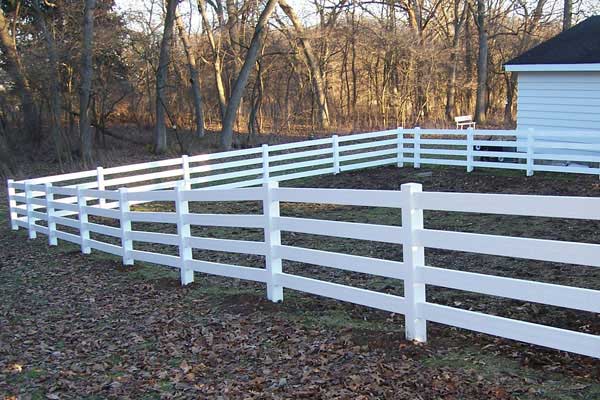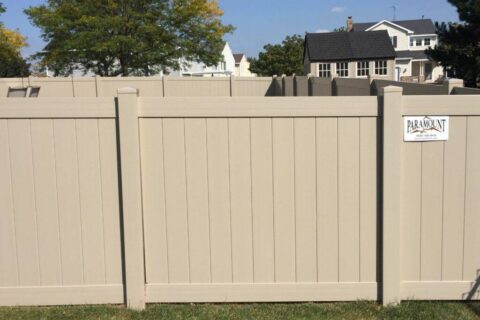Important Information When Looking to Purchase a Fence

There are many different improvements you can make to your home on the inside and out. When looking to purchase a fence for your yard, whether for safety, privacy, or decorative purposes, there are a few important documents you need to have ready first. One of the most important documents needed when installing your fence around your property is your plan of survey. A plat of survey is a legal document you receive when you close on your home. The plat of survey shows where your property lines are located on your lot. Normally, you cannot close on a home without a plat of survey, however, if you purchase a foreclosure, the plat of survey is not required. A plat of survey is important for fence installation because it ensures that your fence is installed accurately and in accordance with where your property lines are located. You will also need a copy of your plan of the survey to take to the village if a permit is required for your fence.
If you do not have a plat of survey, the easiest way to try and obtain one is to contact the building department for your municipality. Sometimes, the city, or village, or town will have a plat of survey on file for your home. If your municipality does not have a copy of your plat of survey on file, you will want to contact a local survey company and order one.
Even if you already have a fence in your yard, it is still a great idea to have your plat of survey available for the salesperson to look at. Many times, the old fence has been installed within your property lines, but there are some instances, where the old fence was installed incorrectly and part or the entire fence may actually be outside your property lines and on your neighbor’s property. Having the plat of survey as a reference will clear up any questions regarding the property lines and property pin placement for your yard.
Another important question to ask yourself when looking to install a fence is, “Do I live in a homeowner’s association (HOA) neighborhood?” If yes, chances are, there are rules as to which type of fence and which style of fence is allowed in your neighborhood. HOA neighborhoods normally have a book that is given to you with all the rules and regulations pertaining to home improvements. Having that information handy will help the salesperson to work with you when choosing the perfect and acceptable fence for your yard.
One final area to think about when looking to install a fence in your yard is the question of is your house is on a corner lot? Most municipalities have specific rules and regulations for fence requirements on corner lots. Usually, most cities, villages, and towns have information regarding corner lot fencing on their websites, or you can call your municipality’s building department to find out specific information for your corner lot.
These are just a few ideas to ensure that the fence estimate you receive is accurate and acceptable for your neighborhood and lot location.


